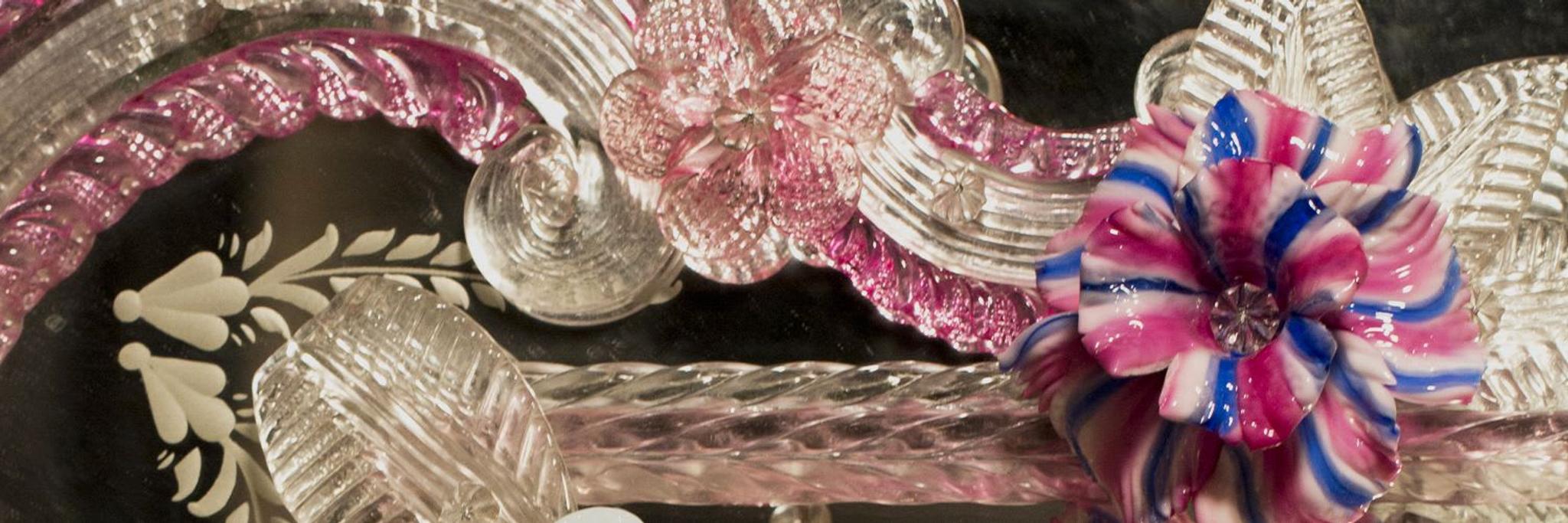
Venini
Murrine Romane Vase by Carlo Scarpa in Yellow
3.120 EUR
Ships in 8-9 weeks

Intricate forms and beautiful translucent colors make glass an undeniably fascinating material. Moreover, it is the mesmerizing techniques of glassmaking that gives it a soul. With a diverse and extensive history, this ductile material has been an indispensable element of our lives. While new production methods have made their way in recent times, Italian tradition is by far the best examples of authentic practices and quality.
Italian glass making is one of a kind. It wonderfully combines traditional techniques practiced through the time, with contemporary designs that continue to inspire artists worldwide. Thanks to talented Italian glass masters who have handed down the nuances from one generation to the next to make each product unique and inimitable. Discover the history of Italian glassmaking for anyone interested in the art, practice or collection of glassware and discover stunning lighting, décor, tabletop and furniture pieces crafted in this magical material.
Glass blowing is a fascinating technique of making glass that holds high regard as the traditional art of Italy. The earliest evidence of glass blowing dates back to the 8th-century furnaces set up in the city of Venice, Italy. These furnaces produced beautiful glass objects but also initiated a high risk of fire in the city. Hence the production activities were moved to the island of Murano, Venice’s prosperous neighbour, which until today is one of the most renowned hubs for Italian glass art. Here, glass is synonymous with Murano.
Working with glass can be tricky as it involves physical strain and a high chance of failure. The formulas and recipes are like treasures, passed down from fathers to sons in glassmaking families.

A very ancient technique dating back to Roman times that has been rediscovered in Venice during the 15th century. Being faithful to the ancient processes, the real Venetian murrine glass remains the same until today. Patience is key, this craft involves tubes of multi-colored glass, heated and melded together to create psychedelic floral patterns.
Objects of great elegance take shape when round or flat multicolored glass canes are juxtaposed. Some glassware are crafted using the Venetian glass making "canne" technique resulting in pieces with a strong chromatic identity.
A Murano glass technique that dates back to the 16th century and consists of merging together two blown glass pieces of different colors when hot to create an object.
A characteristic glass making technique that characterizes the surface of the glass. The rigadin decorative motifs on the glass surface obtained by blowing glass in an open bronze mold, and then twisted before exiting the mold if a twisted rigadin is desired. Many decorative glass pieces and glassware feature this type of glass making technique.
The progressive interpretation of these age-old crafts, united with modern working techniques, has paved the way for a series of curated collections. Discover anything from traditional Venetian mirrors to luxury glass furniture.